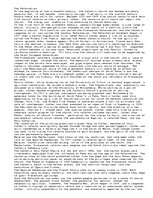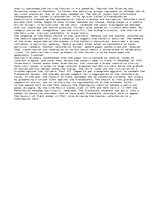-
The Reformation
At the beginning of the sixteenth century, the Catholic church had become extremely powerful but, it had become internally corrupt. From early in the twelfth century onward there are calls for reform. Between 1215 and 1545 nine church-councils were held with church reforms as their primary intent. The councils still could not repair the church. The clergy was unable to live according to church doctrine.
In the first half of the sixteenth century, western Europe experienced a wide range of social, artistic, and geo-political changes as the result of a conflict within the Catholic church. This conflict was called the Protestant Reformation, and the Catholic response to it, was called the Counter-Reformation. The Reformation movement began in 1517 when a German Augustinian friar named Martin Luther posts a list of grievances, called the Ninety-Five Thesis, against the Roman Catholic Church. As the spirit of reform spreads other leaders appear: Ulrich Zwingli in Switzerland, French-born John Calvin who settles in Geneva, and John Knox who carries Calvin's teachings to Scotland.
In the Roman church a series of powerful popes including Leo X and Paul III responded to reform demands in various ways. Mendicant orders such as the Jesuits formed to reinforce Catholic doctrine. All this time the Church will continue to be supported by the major European monarchies.
…


